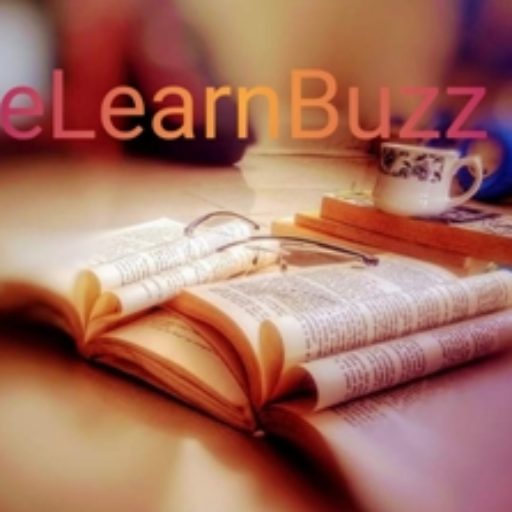Math Pedagogy Questions – MCQ Exercise Set-2 for TET
In this following section of Math Pedagogy Questions – MCQ Exercise Set-2 for CTET, HTET, RTET, UPTET, and other TET exams, 30 questions (MCQ) with 4 choices are given. Choose the right answer for each question. Answer of these important Math Pedagogy questions are available in the last of this post. Check how many of…

